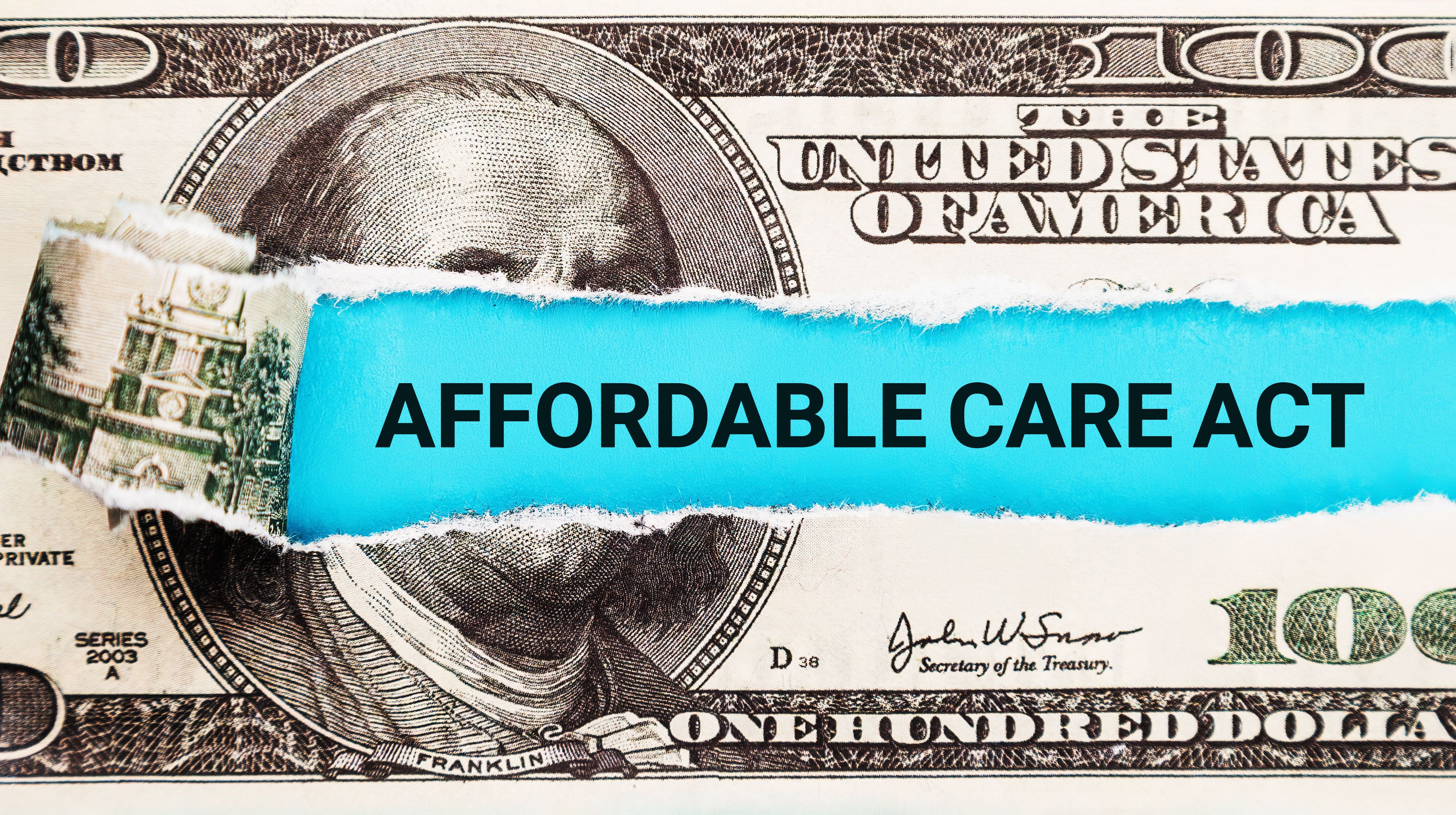Article
Healthcare for Family of 4 Will Cost Over $28K in 2018
Author(s):
The estimate includes the average cost of healthcare paid by both employers and employees through insurance, deductibles, and out-of-pocket costs.
In 2018, the cost of healthcare for an American family of 4 covered by an employer-sponsored preferred provider organization plan will amount to $28,000, according to the Milliman Medical Index (MMI).
While the annual cost represents a $1222 (4.5%) increase from 2017, the annual rate of increase is nearly the lowest in 18 years, falling only behind last year’s 4.3% increase. Since the MMI was first measured in 2001, the annual rate of increase has averaged 7.4%, according to the report. However, for the last 8 years, rates have fallen below average.
The estimate includes the average cost of healthcare paid by both employers and employees through insurance, deductibles, and out-of-pocket costs.
In 2018, approximately half of healthcare expenditures will be attributable to inpatient and outpatient services, totaling approximately $14,000. From 2017, there was a 4.8% increase, the third-lowest rate of increase since 2001, but higher than last year’s 3.9% increase.
Coming in behind inpatient and outpatient services, physician services will account for just over $8000, representing 29% of healthcare expenditures for a family of 4. These costs include all professional fees, such as those from a hospital, clinic, surgical center, standalone lab, imaging center, or physician office.
In 2001, these expenses will account for 40% of total healthcare expenditures. While there has been a 5.3% annual rate of increase for physician expenses, rates of all other expenditures have averaged 8.5%, resulting in physician expenses accounting for less of the total.
Pharmacy costs make up 17% of healthcare costs, costing close to $5000. Prescription drug expenses have increased at a quicker rate than other healthcare costs, with outpatient drugs having increased from 13.2% of total expenditures in 2001 to 17.4% in 2018. The authors of the report noted that these costs do not include medications given to patients in hospitals, outpatient infusion centers, and physician offices. Factoring in those costs, the total cost of all drugs represents over 20% of all expenditures.
The remaining 4% of expenditures include home healthcare, ambulance services, durable medical equipment, and prosthetics.
The authors also highlighted that the total cost of healthcare for the family of 4 is shared by both employers and employees. According to the report, employers continue to subsidize their employee’s healthcare costs by paying 56% of the total cost, accounting for approximately $16,000. The employee pays the remaining $12,378 between payroll contributions and out-of-pocket costs.
In 2008, employees paid for 40% of their healthcare, compared to the 44% now. “As a result, the gap between employer and employee shares continues to slowly narrow,” wrote the authors. “Healthcare expenses have grown at rates that make it increasingly difficult for employers to continue funding the benefits.”
Newsletter
Stay ahead of policy, cost, and value—subscribe to AJMC for expert insights at the intersection of clinical care and health economics.




